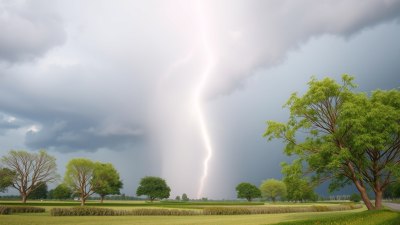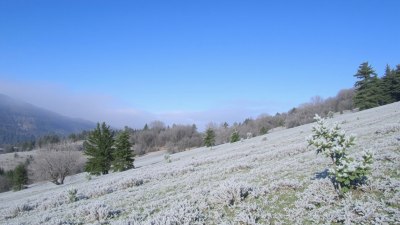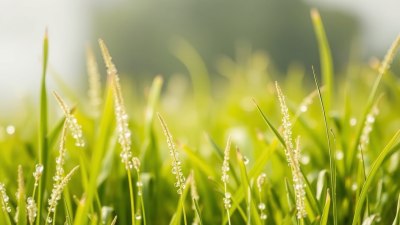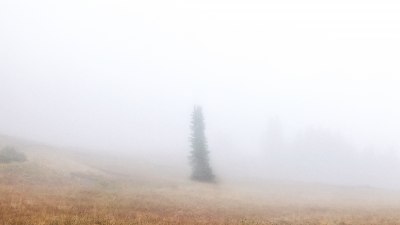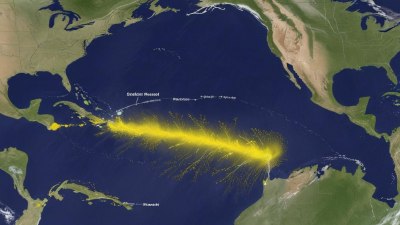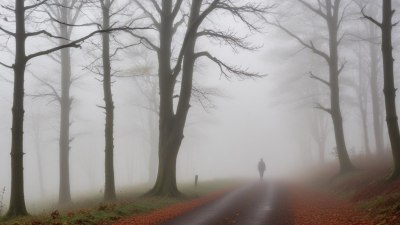How Fog Can Make Sounds Muffled
Explore the science behind how fog affects sound transmission and creates a muffled auditory experience.
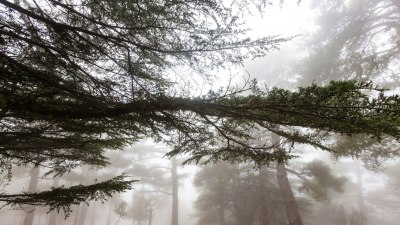
Image by galyna_andrushko on Freepik
Fog, a meteorological phenomenon characterized by the presence of visible water droplets suspended in the air, has a significant impact on our sensory experiences, particularly sound. As fog rolls in, many people notice that sounds appear to be more muted or muffled. This alteration in the auditory landscape can create a unique atmosphere, often associated with tranquility but sometimes with eeriness. Understanding why fog alters the perception of sound involves delving into the principles of physics, particularly the behavior of sound waves and how they interact with various environmental factors. In this article, we will explore the science behind fog and its effect on sound transmission, leading us to a better understanding of this fascinating phenomenon.
Sound travels in waves, which are essentially vibrations that move through a medium, typically air. The speed and quality of sound can be influenced by several factors, including temperature, humidity, and the presence of obstacles in the environment. In clear air conditions, sound can travel relatively unimpeded, allowing us to hear a wide range of noises clearly. However, when fog develops, the properties of the air change, and this can lead to sound waves behaving differently.
The Role of Humidity
Fog is composed of tiny water droplets that are condensed from water vapor in the air. This presence of moisture significantly increases humidity, which in turn affects the density and temperature of the air. As humidity rises, sound waves can travel more effectively through the moist air, but the presence of many small droplets can scatter these sound waves. This scattering is akin to how light behaves in fog; just as light gets diffused and distorted by the tiny water droplets, sound waves experience a similar fate.
In general, high humidity can lead to clearer sound transmission at lower frequencies, while the effect on higher frequencies can be more pronounced when fog is present. Higher frequencies tend to scatter more within the fog, leading to a loss of clarity. As a result, the sounds we hear during foggy conditions may lack the sharper, higher-pitched qualities we typically perceive; they become blended and washed out, contributing to the overall muffled effect.
Density and Temperature Factors
The density of sound waves is also influenced by temperature. In foggy conditions, the layering of warm and cold air masses can create temperature gradients that affect how sound travels. Warm air can trap sound close to the ground, creating a phenomenon known as a sound channel, which occurs in layers of the atmosphere. This can sometimes cause sounds to travel further than expected but also lose clarity when they bounce between layers of air and the fog, further contributing to that muffled sound.
Furthermore, as the cool air interacts with the warmer, moisture-laden air of the fog, it creates an environment where sound waves may bend. This bending, termed refraction, can cause sound waves to travel upward into the atmosphere or bend around obstacles, leading to unexpected auditory experiences. Thus, when you are in a foggy area, sounds may seem to come from different directions or feel distant, enhancing that overall muffled sensation.
Obstacles and Reflection
In addition to the physical properties of sound itself, the environment plays a crucial role in how we perceive sound in foggy conditions. Urban environments often have numerous buildings and structures that can reflect, absorb, or obstruct sound waves. In such environments, the prevalence of fog can exacerbate these effects. Sound waves can bounce off building surfaces or become absorbed by softer materials like grass or dirt, leading to reduced clarity.
Moreover, in a typical foggy landscape, the visibility is diminished, which can influence our perception of sound even further. The combination of a lack of visible cues and the auditory distortions caused by fog can contribute to feelings of disorientation or eeriness, as our brains attempt to process sounds that might seem out of place.
Psychological Effects of Muffled Sounds
The psychological impact of muffled sounds can be profound. Research suggests that sounds we cannot easily identify or that are diminished somehow trigger feelings of unease or anxiety. The phenomenon of sound being masked can create suspense or anticipation, which can be seen in various artistic representations of fog or mist. This distortion of sound is not only a physical experience but also a mental one that shapes our mood, emotions, and perceptions of our surroundings.
In literature and film, fog has often been used to evoke mystery or tension. The muffling of sound adds to the suspenseful atmosphere, as characters may feel isolated or unsure of their environment. It is not uncommon for fog to be associated with fear or danger due to the way it alters both our perception and the auditory clues that help us navigate the world around us.
Everyday Life and Safety Concerns
While some people may find the muffled sounds of fog soothing, there are practical implications to consider. Fog can impair visibility and lead to dangerous driving conditions. The combination of reduced visibility and muffled sounds can distort our sense of awareness, whether we are pedestrians or motorists. When driving in fog, the inability to hear approaching vehicles can create a hazardous situation, as sounds that might normally signal danger are obscured.
For those who work in areas prone to fog, such as transportation or emergency services, understanding the acoustic properties of fog can be critical. Implementing measures such as high-visibility clothing, using fog lights, and relying more heavily on visual signals rather than auditory cues can help enhance safety during foggy conditions. Moreover, awareness of the muffling effect of fog can also influence how we communicate or operate machinery, ensuring that we remain aware and cautious.
In conclusion, the experience of muffled sounds during fog is a result of various interrelated factors, including humidity, temperature, obstacles, and our psychological responses to auditory changes. Understanding how fog affects sound can deepen our appreciation for this natural phenomenon. Whether we perceive fog as calming or eerie, it undeniably transforms our auditory environment, reminding us of the complexity of the world around us. The next time you step out into a foggy day, take a moment to listen closely; you may find yourself in a soundscape that is both beautiful and profoundly altered.

